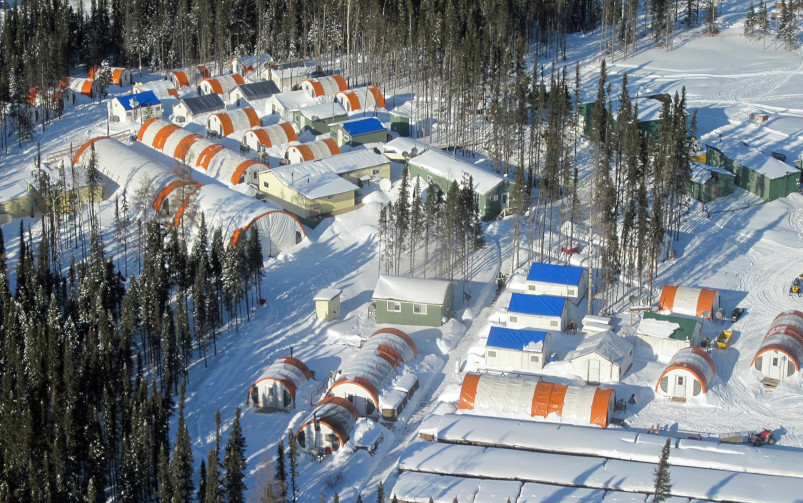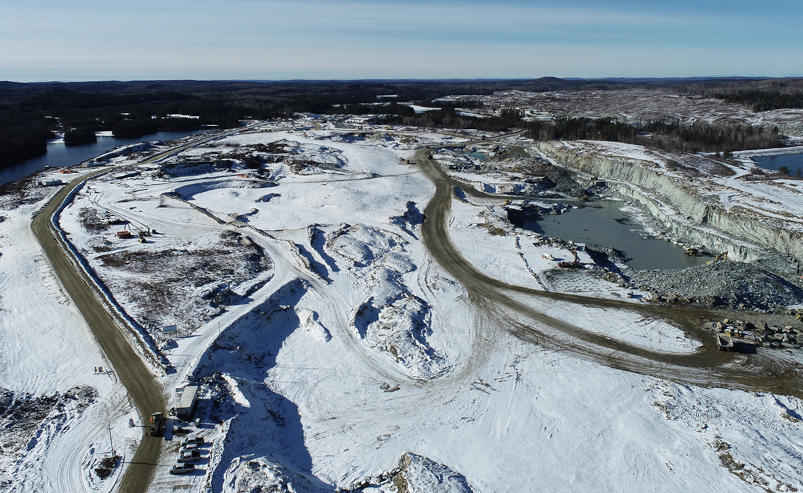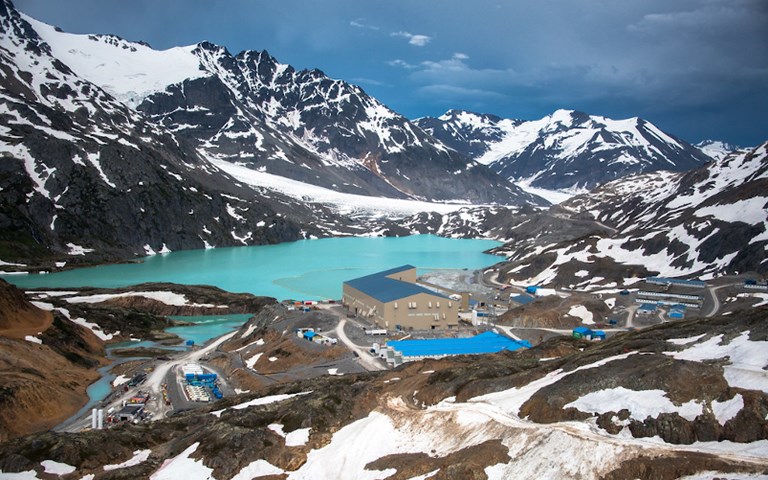Over 280 particpants from mining, government, environmental and Indigenous groups took part in the consultation process for the roadmap. Courtesy of Pretium Resources.
The Mining Association of British Columbia (MABC) has launched a Mining Innovation Roadmap that will outline ways to improve global competitiveness, environmental sustainability and resilience in the province’s mining industry.
Following a recommendation from the B.C. Mining Jobs Taskforce report, which was released in December 2018, the Association received a $1 million grant from the provincial Ministry of Energy, Mines, and Petroleum Resources to create the roadmap, with over 280 participants from mining, government, environmental and Indigenous groups taking part in the consultation process.
“The roadmap examines the whole life cycle of mining from exploration to reclamation and focuses on innovation to achieve smart mining with exportable higher-value products and services, such that B.C. can be an integral part of supply chains worldwide,” said Alan Winter, former B.C. innovation commissioner.
Michael Goehring, president and CEO of MABC said in a livestreamed media conference that the roadmap will provide the industry and stakeholders with a new platform and vision to accomplish four primary goals: establish B.C. as a leader in mining innovation, advance regulations that will support innovations, leverage B.C.’s environmental, social and governance (ESG) advantage and build the workforce for future mines.
In addition to those four goals, the roadmap lists 18 action items, which will be lead by the MABC with support from the provincial government, universities and industry groups and given time frames of between one to five years.
To help transform the province into innovation leaders, the roadmap recommends setting up an early engagement process for new technologies to progress quicker through the development stages and ensure all risks are identified in advance.
The roadmap sets out to establish an innovation hub that will foster collaboration and connection between the mining industry and other technology sectors. Additionally, the roadmap proposes building an innovation mine – using Sudbury’s NORCAT Underground Centre as an example – that could provide an environment where new technologies can be tested and commercialized at a faster rate and where safety and environmental-awareness training can take place.
Related: Ontario is placing an increased focus on the development of minerals used to create electric vehicles and green technologies
Regulations are necessary to facilitate emerging mining innovations, and the roadmap calls for the government and industry to work together to develop a code of practice for permitting new technologies and a risk-based regulatory framework that ensures innovations and new technologies get an appropriate level of review – one tha corresponds to their associated levels of risk and how ready they are for the commercial market.
In a post-pandemic economy, the mining sector is expected to play a vital role in the economic revival of B.C., as prices and demand for minerals and metals surge, said B.C. Minister of Energy, Mines and Low Carbon Innovation Bruce Ralston. But as global economies focus on transitioning to cleaner, low carbon futures, a mine’s social license to operate and investment opportunities are heavily linked with best ESG practices.
“We have taken steps to strengthen health, safety and environmental compliance, to improve permitting and to advance reconciliation, distinguishing us as leaders in the growing global environmental, social and governance investment movement,” said Ralston.
The province already has some of the world’s least-intensive mining operations when it comes to greenhousegas emissions and easy-access to clean electricity. However, the roadmap suggests that B.C. can contribute to responsible and sustainable mining by encouraging the industry to report on its sustainability performance and by identifying the challenges that make it difficult to meet climate objectives and finding solutions to them.
It also outlines the importance of Indigenous participation in developing local environmental stewardship programs, which will increase the number of Indigenous people involved in monitoring mining, exploration and mining-affected areas.
According to the roadmap, as mining operations ideally shift to more digital, autonomous and electrical operations, a mining workforce that is inclusive, diverse and skilled will be necessary to ensure that B.C.’s mining sector stays globally competitive
The recommendations provided by the roadmap under its goal ofbuilding a better workforce for the future, includes reviewing the current mining workforce vulnerability index to determine the gaps in the labour market, developing occupational profiles for future jobs, promoting mining innovations and employment opportunities in order to engage and attract youth to the sector and creating customizable training plans for workers that can be applied to local communities.
“Mining is critical to our economic recovery. New mines and mine extensions will deliver thousands of new jobs, more revenue for public services and advance economic reconciliation with Indigenous Nations,” Goehring said. “B.C. has some of the lowest greenhouse gas emissions-intensive mines and smelters in the world, providing the minerals and metals the world needs for a low carbon future.”




